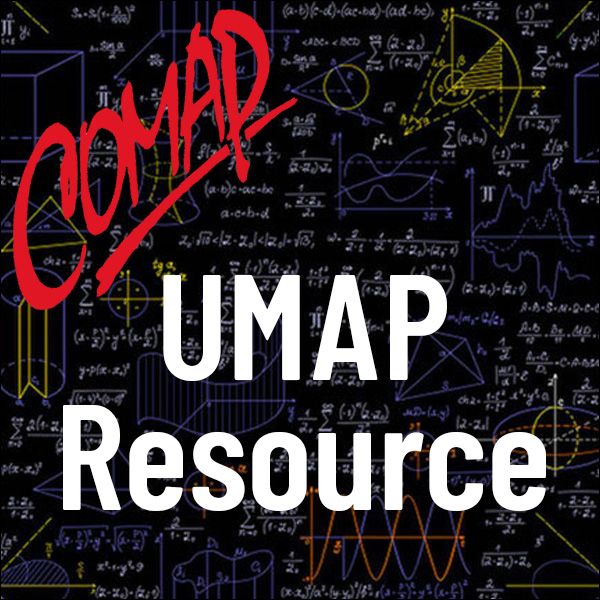Writing About (COVID) Models: What Every Modeler Should Know
Author: Denise-Marie Ordway
[EDITOR'S NOTE: This article was originally directed to journalists and titled "Epidemiological Models: 10 Things Journalists Covering Coronavirus Research Should Know." However, beyond its intended audience, it provides valuable advice for all modelers, of COVID-19 or other phenomena, and all who write about models and modeling, whether about covid or not, including students and participants in COMAP's modeling contests. We are grateful to Journalist's Resource for making this article freely available to an audience beyond journalists. The links in the text below point to the URLs indicated in the original document.]
When researchers study the transmission of an infectious disease such as COVID-19 or want to make predictions about how it might impact people in the future, they create epidemiological models.
These models can be computer simulations or other mathematical representations of the virus and its impacts. Government officials and public health leaders rely on them to make decisions affecting public health. That's why journalists covering the new coronavirus need a basic understanding of what epidemiological models can and cannot do and how to explain the knowledge they reveal.
Mathematics may sound like an unlikely hero to help us overcome a global epidemic; however, the insights we gain from studying the dynamics of infectious diseases by using equations describing fundamental variables are not to be underestimated, the editors of the PLOS ONE academic journal write in a recent article.

Mathematics Topics:
Application Areas:
You must have a Full Membership to download this resource.
If you're already a member, login here.